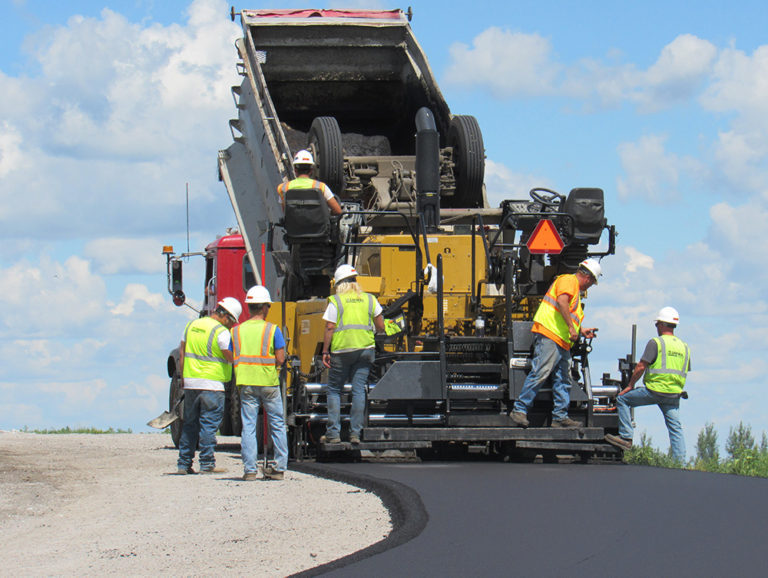According to the latest data from the Bureau of Labor Statistics, 2.9 million non-fatal injuries were reported in 2016 among private employers in the United States. For the construction industry specifically, the rate of injury was more than three cases per 100 full-time equivalent workers. While this rate has fallen steadily since 2003, the number of fatal occupational injuries appears to be on the rise, with a 7 percent increase in 2016 (5,190 deaths) compared to 2015 (4,836 deaths). Many of these fatalities and injuries relate to common dangers associated with construction work, including slips and falls, transportation incidents and harmful equipment contact or malfunction.
A possible issue compounding these fatal and non-fatal occupational injury rates is employee drug use. The Substance Abuse and Mental Health Services Administration (SAMHSA) noted that 16.5 percent of full-time construction workers report heavy alcohol consumption. This is higher than all other reporting industries with the exception of mining.
But it’s not just alcohol that’s potentially affecting the safety of construction workers and the people who regularly come in contact with construction workers in their day-to-day lives (e.g., pedestrians and other motorists). SAMHSA data indicates that illicit drug use among full-time construction workers occurs at a rate of 11.6 percent. And alarming statistics from the National Institute on Drug Abuse show that 115 people die from an opioid overdose every day in this country. Misuse and availability of prescription opioids, heroin, fentanyl and related substances has truly contributed to a public health crisis affecting the entire range of American socioeconomic diversity.
Testing employees to identify drug use is an essential part of maintaining workplace safety and standards, especially in light of these sobering statistics.
Employers should also be aware of recent updates to drug testing requirements, as outlined by the Part 40 regulations from the Department of Transportation (DOT), as they affect many companies in the construction industry. Specifically, the DOT has added four semi-synthetic opioids to the approved drug testing panel, including hydrocodone, hydromorphone, oxymorphone and oxycodone (seen under brand names such as Dilaudid®, Exalgo®, Lortab®, Norco®, OxyContin®, Percocet®, Percodan® and Vicodin®). This is in direct response to the opioid abuse epidemic.
To comply with updated regulations and ensure that employees are adhering to company drug policy, employers must determine which types of drug tests are appropriate for their company. The three main testing methodologies—urine, mouth swab and hair follicle—each have advantages and disadvantages to consider.
Methods of Employee Drug Testing
Urine Drug Test
This test is the most common method used in employee drug testing, including for pre-employment, random, reasonable suspicion and post-accident screenings. It’s quick, cost-effective and simple. More importantly, it’s currently the only method approved for DOT or any other federally mandated drug testing.
Urinalysis can be used to test for prescription as well as illicit drugs including cocaine, and contrary to popular belief it is difficult to cheat on the screening. Drinking a large volume of water will not flush drug metabolites from a urine sample, but it will alter the normal creatinine. This results in a negative dilute drug test result, which indicates an attempt to cheat a drug test. Under most drug testing policies, this will typically require a retest and may be treated as a failure.
Mouth Swab Drug Test
Mouth swab drug testing is becoming a more popular method for post-accident testing because it can more accurately identify very recent drug use. In fact, it’s even used by police departments for this specific reason. It can be conducted on the spot and without the need for privacy or gender-specific collectors.
Lab testing of saliva samples is just as accurate as urine, although slightly more complicated, and results can be processed quickly. Drawbacks to a mouth swab test is that it’s not as effective for identifying long-term drug use, since the maximum detection window ends after 72 hours, but typically less than 36. Saliva drug testing is also not approved for any testing mandated by the federal government, however, employers may use this method as a supplement to urine drug testing.
Hair Follicle Drug Test
Like a mouth swab drug test, a hair follicle drug test can be conducted without the need for a private restroom, and there is no opportunity for the employee to switch or tamper with samples. This test is better at detecting chronic drug use, given that it has a long detection window of up to 90 days. It also can be used to detect fast-metabolizing drugs. However, it’s less effective at detecting recent drug use, and it’s also more costly compared to urinalysis.
Other Considerations for Effective Drug Testing Policies
Every employer in the construction industry must have a clearly written drug policy. Such policies must not only be up-to-date with any regulatory boards, such as the DOT, but any changes to the drug policies also must be shared with employees.
Some states have legalized the use of marijuana for medicinal and/or recreational purposes. Employees should be made aware that the legal right to use marijuana does not necessarily protect them from termination, particularly if the employer has a strict no-drug policy. This may even be true in the case of valid medical marijuana prescriptions, with precedences set in states such as California, Oregon, Washington and Colorado.
Employers should also be made aware that in many states, pre-employment drug testing and random drug testing may allow the company to be eligible for a discount on workers’ compensation insurance premiums.
Lastly, random drug testing must truly be random. This helps to deter drug use while also respecting the right to privacy of individual employees and avoid litigious claims regarding discrimination.
The longstanding effects of substance abuse can impact people on the job. Drug testing is an important part of promoting a drug-free work culture, which has been shown to improve morale, increase employee health, and ultimately help ensure the safety of employees, employers and the community-at-large.







